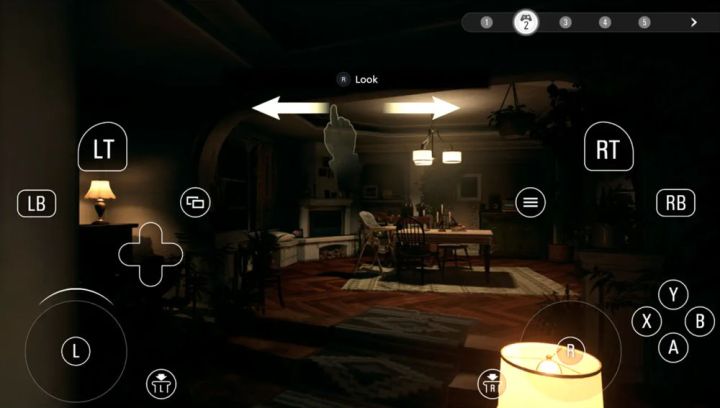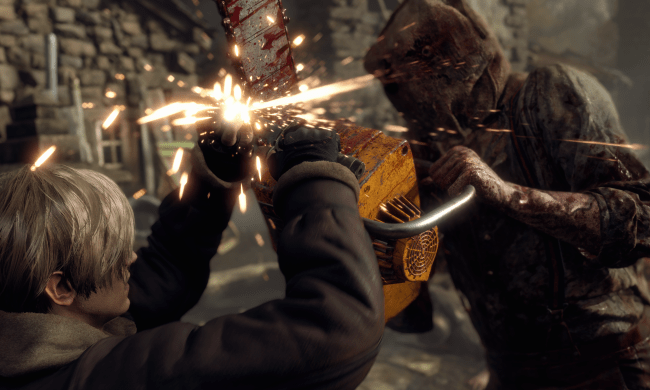Back when the Steam Deck was just a rumor (dubbed the Steam Pal), I had my fair share of skepticism. It’s not that I didn’t like the idea of a handheld computer; it just felt like a short-term solution. At that time, I posited that we were quickly approaching a time when phones and tablets would be able to run PC games natively, making devices like a Steam Deck feel like a pricey stopgap. I’ve been won over by Valve’s handheld since then, but my prophecy may be coming true sooner than I expected.
Apple dropped a bombshell announcement this month when it revealed that Assassin’s Creed Mirage and Resident Evil 4, two current-gen games, will be natively playable on the iPad and iPhone 15 Pro, alongside older titles like Death Stranding and Resident Evil Village. That announcement has the potential to radically shift the handheld gaming market if Apple is able to launch new games on its devices at the same time as consoles and PC. That is, if those games actually run well.
As was the case with the Steam Deck, I had a touch of healthy skepticism in the back of my head when I sat down to demo Resident Evil Village on an iPad Pro. Sure, it could run it, but how well? After 30 minutes of fiddling with settings, I was stunned by the answer.
It’s nothing short of a miracle.
Upon booting it up, I’d immediately hop into Village’s display menu and start flipping switches. The iPad version is essentially a PC port, which means that it gives players a ton of optimization options. I’d start by pushing the frame rate switching between 30, 60, and even 120 frames per second (fps). Miraculously, the little slice I played was able to handle those high frame rates with no issues. Performance was as smooth as I’d expect on a console.
While that was impressive, the real test would come from seeing how much I could push the graphical fidelity and still maintain smooth performance. I started simple enough by gradually raising texture quality. Even at high settings, with detailed textures, I still wasn’t sacrificing frames. I’d start to dig deeper, flipping on various ambient lighting settings. As I did, a chart in the settings menu showed me exactly how much available RAM I was using and where it was being allocated. Even when approaching 10 RAM, it was still smooth sailing. It felt impossible — I was running Resident Evil Village on an iPad and it was performing as well as it does on my PlayStation 5.
So, what’s the trick? That would be Apple’s MetalFX, which is proving to be a powerful tool. While Apple has hyped up its theoretical power with high-level tech talk, seeing is believing. After toying with the display settings, I flipped MetalFX upscaling off. The difference was immediate; the frame rate and image quality dropped down to what I had expected to see from a modern game running on a tablet.

It’s clear that Capcom has gone to tremendous lengths to get its RE Engine optimized for Apple devices. That bodes especially well for the more technically demanding Resident Evil 4, which is set to release on iPad and iPhones 15 Pro models later this year. I could easily see someone playing either game entirely on a tablet and not missing much.
Of course, there are still questions that won’t be answered in a quick slice of a single game. It remains to be seen how far an iPad battery can go on high settings and if Apple can maintain the same quality on an iPhone 15 Pro. It’s also going to need to get more developers on board who are willing to launch their titles on Apple devices alongside console versions, rather than porting over their two-year old games. If nothing else, though, Resident Evil Village serves as a fairly astonishing proof of concept. I don’t know what the reality will be, but I’m sold on the promise.
Resident Evil Village launches on October 30 for iPhone 15 Pro and M1-and-newer iPad models.




